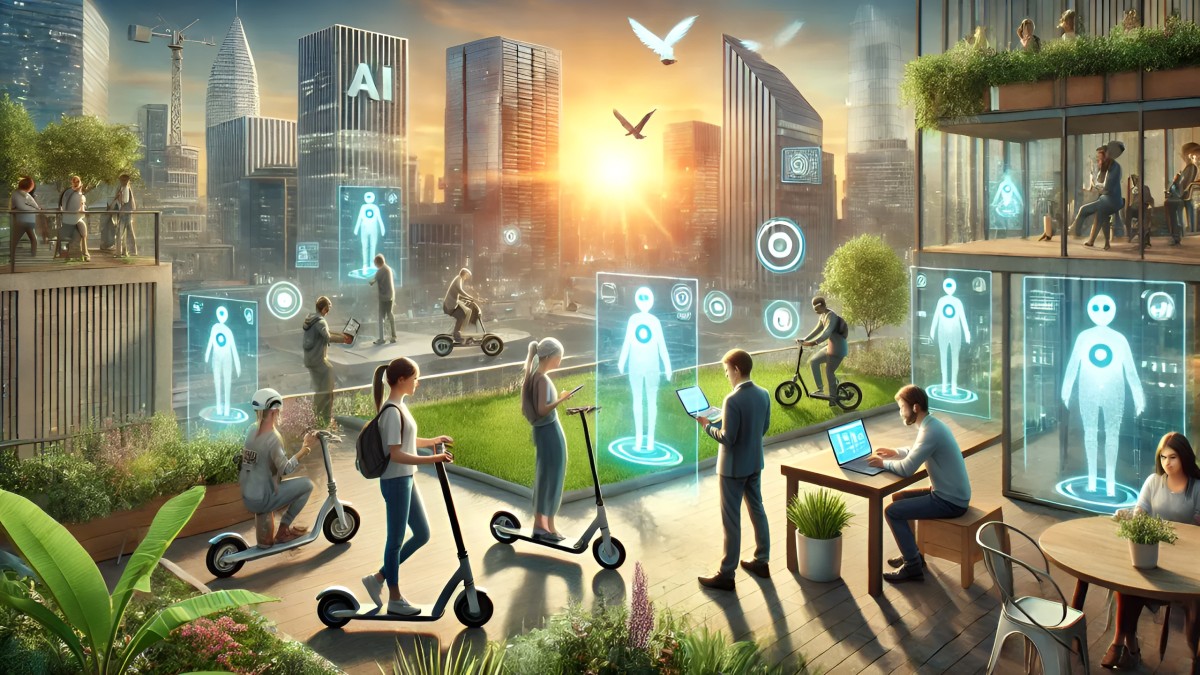Research and technology have always been at the heart of human progress. From ancient innovations to modern digital revolutions, each technological breakthrough has propelled society forward, opening new frontiers in science, communication, health, and exploration. Below are some of the most remarkable breakthroughs in the field of research and technology that continue to shape our world:
1. The Internet and World Wide Web
Arguably the most transformative technological innovation of the 20th century, the internet revolutionized communication, commerce, education, and data exchange. The World Wide Web, introduced by Tim Berners-Lee in 1989, made information universally accessible, enabling a new era of connectivity and knowledge sharing.
2. Artificial Intelligence and Machine Learning
AI has moved from research labs into daily life—powering recommendation systems, language processing tools, autonomous vehicles, medical diagnostics, and more. Machine learning algorithms allow systems to learn from data, improving performance and enabling automation at an unprecedented scale.
3. Space Technology and Satellite Research
Space exploration, led by agencies like NASA, ISRO, and SpaceX, has resulted in major breakthroughs—from satellite communications and Earth observation to Mars missions. Technologies developed for space have led to advancements in GPS, climate monitoring, and telecommunications.
4. Biotechnology and Genetic Engineering
The discovery of DNA structure and the Human Genome Project have paved the way for genetic editing tools like CRISPR. These breakthroughs allow scientists to modify genes, develop personalized medicine, and potentially cure genetic disorders.
5. Renewable Energy Technologies
Breakthroughs in solar, wind, and battery storage technologies have made renewable energy more efficient and affordable. Research into hydrogen fuel, smart grids, and sustainable practices is steering the world toward a greener, carbon-neutral future.
6. Quantum Computing
Still in its infancy, quantum computing promises to revolutionize complex problem-solving by leveraging the principles of quantum mechanics. It holds potential for breakthroughs in cryptography, material science, pharmaceuticals, and big data analysis.
7. Nanotechnology
Nanotech involves manipulating matter at the atomic and molecular scale. Its applications span medicine (targeted drug delivery), materials science (stronger and lighter materials), and electronics (smaller, faster devices).
8. Robotics and Automation
Modern robotics integrates AI, sensors, and advanced engineering. From industrial robots in manufacturing to surgical robots in healthcare, automation is boosting efficiency, precision, and safety across sectors.
9. 3D Printing (Additive Manufacturing)
This innovation enables the production of complex structures layer-by-layer using digital designs. It has transformed industries like healthcare (prosthetics, organ models), aerospace, and construction.
10. Big Data and Cloud Computing
Data-driven research and analytics allow for more informed decisions in every field, from business and marketing to scientific discovery. Cloud platforms now offer scalable computing power, making data storage and collaboration easier than ever before.
Each of these breakthroughs reflects the synergy of research, innovation, and human ambition. As science and technology continue to evolve, they will not only address current global challenges but also create solutions we haven’t yet imagined. The future belongs to those who invest in knowledge, adapt to change, and drive innovation.











